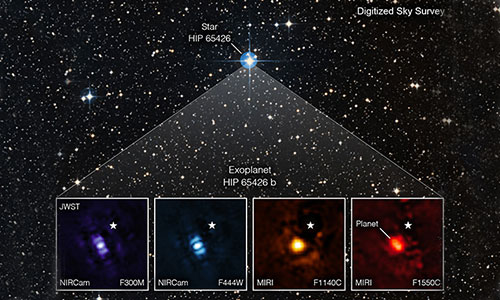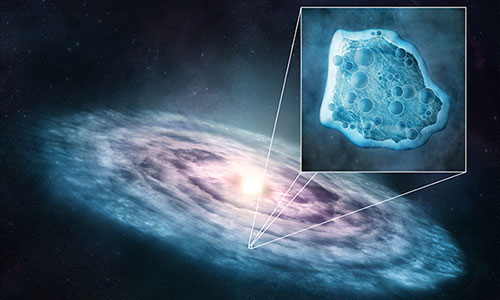TuesdayNewsdayVol. 9 - Issue 2 - September 20, 2022 |  |
|
 At the end of Taylor Glacier in Antarctica, a hypersaline brine known as “Blood Falls” flows onto the surface. The red color is from iron oxide. Mineral deposits formed in the past from such fluids show how the ice sheet responded to cyclic changes in climate. |
By analyzing unusual rock samples collected years ago in Antarctica, UCSC scientists have discovered a remarkable record of how the world's largest ice mass has responded to changes in climate – information crucial for efforts to project how much sea level will rise as global temperatures increase. |
|
 | Former President Bill Clinton, former presidential candidate Hillary Clinton, and actor and playwright Lin-Manuel Miranda will join Miga onstage today. |
|
 | Catherine A. Carroll, an attorney with deep experience, has spent more than 25 years working with diverse populations in the civil rights arena.
|
|
 | UCSC astronomers led the analysis of the first exoplanet images captured by the JWST, which hint at future possibilities for studying distant worlds. |
|
 | Several Social Sciences faculty were recognized by the American Sociological Association for their research and contributions to the field. |
|
 | In planetary disks, carbon monoxide is lurking in large chunks of ice, solving the decade-old question, ‘Where is the CO?’ |
|
|
|
|
|
|
|
|
|
|
|
|
|





